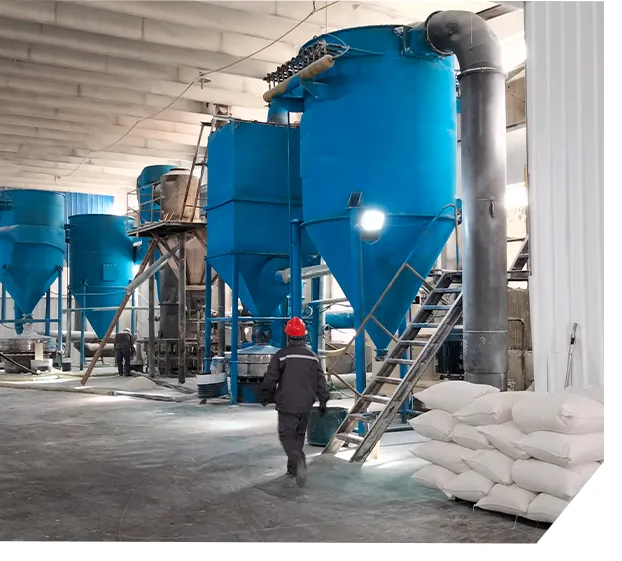The Role of Coating Additives in Enhancing Performance and Aesthetics
Coating additives play a pivotal role in the formulation and performance of paints and coatings across various industrial applications. These additives are essential components that enhance the physical and chemical properties of coatings, contributing to better performance, appearance, and durability. In this article, we will explore the different types of coating additives, their functions, and their significance in diverse applications.
Coating additives can be categorized into several types, each designed to fulfill specific roles within the coating formulation. Among the most common types are a pigment wetting agents, dispersants, rheology modifiers, and surfactants. Pigment wetting agents facilitate the dispersion of pigments within the binder, ensuring uniform color and consistency. Dispersants help to prevent the aggregation of pigment particles, which is crucial for maintaining the stability and appearance of the coating. Rheology modifiers are essential for adjusting the viscosity of the coating, ensuring ease of application and preventing sagging or dripping during the coating process. Surfactants enhance the wetting properties of the coating, improving adhesion to various substrates.
One of the primary functions of coating additives is to improve the mechanical properties of the final product. For instance, some additives can enhance scratch resistance, abrasion resistance, and impact resistance, which are crucial for protective coatings used in industrial settings or harsh environments. Additionally, additives can contribute to the flexibility and adhesion of coatings, ensuring that they can withstand environmental stressors without cracking or peeling.
coating additives

Another significant benefit of coating additives is their ability to enhance the aesthetic qualities of coatings. The use of specific additives can lead to improved gloss levels, color stability, and overall appearance. This is particularly important in applications where visual appeal is a key factor, such as automotive coatings and architectural finishes. Additives that promote smooth finishes or matte effects can allow formulators to achieve the desired look while ensuring the surface remains functional.
Furthermore, coating additives can also impart specific functional properties to coatings. For example, anti-fungal and anti-bacterial additives can be incorporated to provide added protection against microbial growth, making them particularly valuable in healthcare and food processing environments. Likewise, UV stabilizers can be added to protect coatings from degradation caused by sunlight, extending their service life, especially for exterior applications.
In addition to enhancing performance and aesthetics, environmental considerations are also driving the development and use of coating additives. With growing regulatory pressure and consumer demand for sustainable products, many manufacturers are turning to eco-friendly additives that reduce the environmental impact of coatings. Water-based additives, in particular, are gaining popularity as they offer lower VOC (volatile organic compound) emissions compared to traditional solvent-based options.
In conclusion, coating additives are indispensable in the world of paints and coatings, offering myriad benefits that range from improved mechanical properties to enhanced aesthetic appeal. As industries continue to evolve, the demand for high-performance and environmentally friendly coatings will drive innovation in additive technologies. By understanding and leveraging the unique properties of various additives, formulators can create superior coatings that meet the specific needs of their customers while contributing to sustainability efforts in the industry.




